The Philodendron Lickety Split care is a must-have for your outdoor garden or indoor plant collection. It has a funny name and an interesting look. The Lickety Split is a great houseplant because it doesn’t climb and only grows a few feet tall, compared to other Philodendron varieties. So, you need to know a few things about how to take care of this plant well, no matter where you want to grow it.
So, here is almost everything you need to know to start taking care of a Lickety Split Philodendron and keep it healthy. You will also learn how to propagate it as well.
Quick Navigation
The Important Parts of Philodendron Lickety Split
Keeping your philodendrons happy is important if you like Lickety Split. Here are the most important things to take care of a Lickety Split philodendron.
Watering
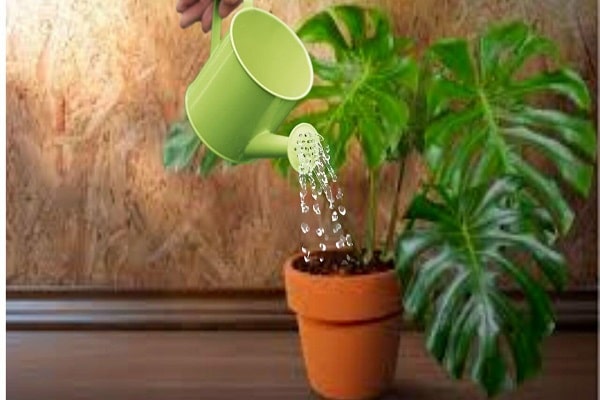
Philodendron Lickety Split would prefer dry soil to wet soil. Don’t overwater the plant or let it sit in water for long periods of time.
In contrast, you should let the soil almost dry out before watering. Also, don’t worry if you forget. The plant can go for weeks without getting any water. And once you do, it will quickly improve in about a day. So, if you see some leaves wilting, turning brown, or falling off, this is a sign that they need water.
On the other hand, yellow leaves mean cutting back on watering. My main rule for this plant is to not water it if you don’t know what to do. You can wait a few days before giving it water. Remember that its living conditions can also affect how often you need to water it.
During the summer, the weather is warm, and the plant is actively growing. So, it will need more regular watering. When it’s cold and not doing much in winter, cut back on the water a lot.
Temperature
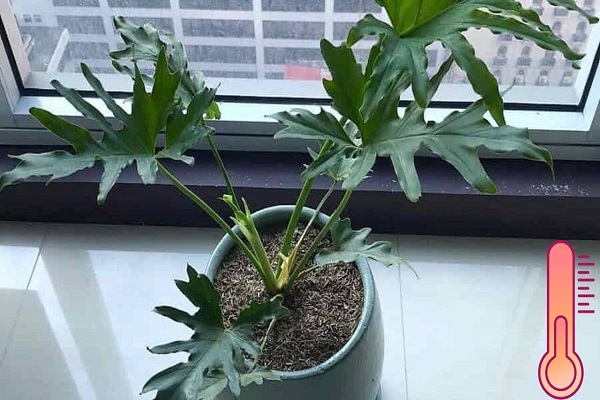
Philodendron Lickety Split’s climate is tropical. As a result, it likes conditions similar to what you and I like. This means you need to keep it somewhere where the temperature stays between 60 and 75 degrees Fahrenheit.
More importantly, it hates the cold. It can’t live long in freezing temperatures. So, letting go through snowy winters isn’t a good idea. It prefers staying in USDA Hardiness Zones 9 to 11. It will be perfectly happy in your garden or in a pot outside all year.
So, if you live outside of these areas, bring the plant inside when the temperature gets close to 60 degrees. Don’t forget to debug it before doing so. This will keep unwanted animals from spreading disease to your other houseplants.
Light Requirements
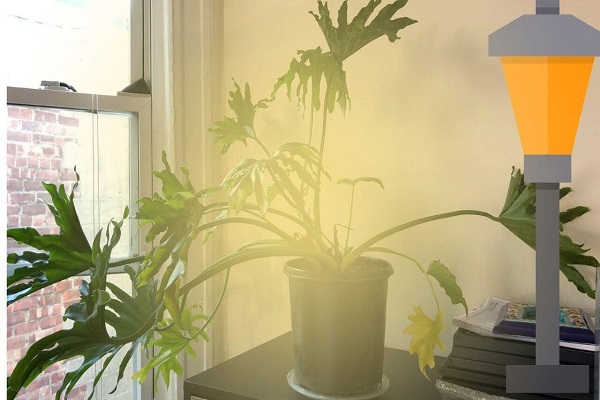
Philodendron Lickety Split grows best in bright indirect sunlight. It does well in medium and low light, which makes it a good choice for homes, offices, and other buildings.
- You don’t have to worry if you don’t have a bright window, either, because it’s fine with fluorescent light.
- If there isn’t much light, the plant will grow slower. But it won’t get hurt or have any other trouble.
- On the other hand, this is not true for direct sunlight or too much bright light. This will burn the plant’s leaves, making them turn brown.
- During the summer, the plant will also enjoy being outside. If you take it outside, keep it out of the direct sunlight.
- The best place would have either dappled sun, bright shade, or less.
Lastly, I’ve found two more useful tips for keeping the plant looking good.
- Turn the plants every once in a while. Your Philodendron Lickety Split wants to grow in the direction of the light. This will help it grow in a balanced way.
- Use a moist towel to wipe the plant leaves once a week or once every two weeks. This will prevent the pores from being clogged with dirt and other contaminants. In addition to this, you will enhance solar absorption.
Soil Requirements
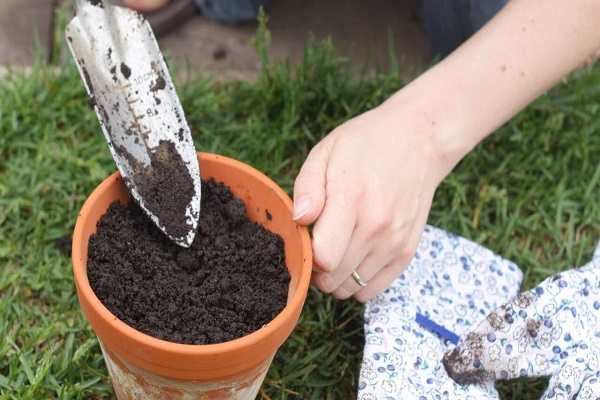
You already know that your Philodendron Lickety Split can have problems if it gets too much water, which you learned in the last section.
So, to avoid these problems, it is important to choose the right soil.
The best way to do this is to use high-quality potting soil that drains well. This medium will make it easy for excess water to drain away, so the plant won’t have to spend too much time sitting in water.
You have a few choices here.
- Choose from a store if you’d rather buy a succulent or cactus potting mix. This will give your Philodendron Lickety Split everything it needs. Also, it’s ready to use right out of the box.
- If you prefer to make your own soil, you can use the regular potting soil you already use for other plants and add sand to it to help it drain better.
Fertilizer Requirements
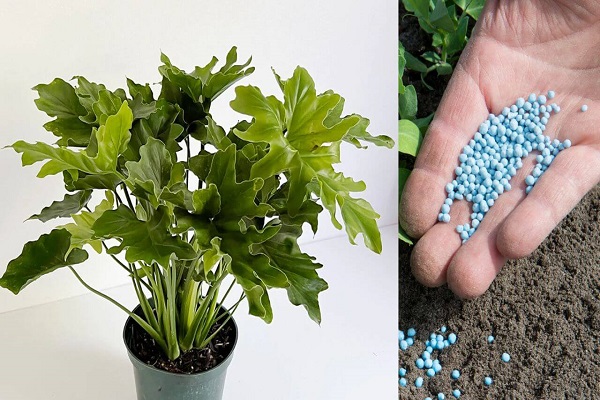
Feed your Philodendron Lickety Split when it is growing, which is in the spring and summer. Then, cut the plant back in the fall and winter so it can rest.
During the growing season, you can use a balanced houseplant fertilizer (15-15-15) or (10-10-10) diluted to 50% strength once a month.
If you put it somewhere with a lot of light, it will grow much faster. So, to help that growth, you can make changes up to every two weeks.
It would help if you cut back to about once every two months when it gets cold.
3 Common Issues You Can Face
When it comes to philodendrons, you may face three common problems, such as
Yellow leaves
The most common reason leaves turn yellow is that they get too much water. Before watering again, ensure that most of the soil has dried out. As they say, “stick your finger in the soil”. I water my philodendrons less in the winter.
If your soil goes from being very dry to very wet, this can also stress your plants and make them turn yellow. Try to make a plan for your plants. When you wash, ensure the water flows out the bottom, and then dump the extra water before putting your tray back.
Some yellowing is normal for leaves. As your plant grows new leaves at the top, some old leaves at the bottom may die. Just cut them off with clean shears or scissors when you’re ready.
Pests
There are a few pests that can hurt philodendrons. Spider mites can be a problem. Dries out plants, making them yellow and die. Common indoor plant pests are scale, aphids, and mealybugs.
To treat them, you need to keep your plant away from the other plants, so they don’t spread. Neem oil and other low-toxic soaps that kill insects are good ways to get rid of pests. Dish soap or alcohol are not good ideas because they can burn the leaves.
Dropping
Philodendrons tend to lose their lower leaves and grow long, aerial roots if they are left to grow on their own in the wild. Your philodendrons might grow taller with a moss pole or trellis, but I like to leave mine bushy. They can be held in place with rubber bands or stakes.
You can also care for philodendrons by cutting the longer branches into short stumps. After some time, there will be new growth there. To help this process, turn on a few more lamps and candles than usual.
Propagation Methods for the Philodendron Lickety Split

Like many other plants in its genus, the Philodendron Lickety Split is easy to spread by cuttings from the tips of its stems.
It would help if you did this in the spring or, at the very least, at the beginning of summer.
Here’s how to use stem cuttings to make more Philodendron Lickety Split plants.
- Take a 4-to-7-inch piece of the stem. Choose a stem with at least two or three leaves on it.
- Fill a small container (about 6″ x 6″) with fresh potting mix that drains well. Don’t water too much, but make sure the soil is damp.
- Please remove the leaves at the bottom because they will end up under the soil. Leave about two leaves on top.
- Plant the pieces of the stem into the ground.
- Please keep it in a place that is warm, humid, and well-lit with indirect light. If you can’t find a humid place for the plant, you can put a plastic bag over it.
- About 20 to 25 days will pass before the first roots grow. When that time comes, you can pull lightly on the plant to see if it’s grown. It should put up some resistance.
Remember that you can also grow plants in water instead of soil. Here, you’ll put the piece of wood into a jar or glass full of water.
In about 10 to 15 days, roots will start to grow. This is quicker than taking roots in the soil.
When the roots are about an inch long, put the cutting in the soil and continue with the same steps as above.
In Closing
Philodendron lickety-split is very easy to care for, provided you know how. Regular watering and fertilizing will keep them healthy, and removing brown leaves can help them look their best. If your plant still shows signs of stress, such as drooping leaves or yellowing foliage, take it to a professional for help.

I’m Md. Mahfuz Anam always enjoys taking care of plants and gardening. I find it therapeutic and a great way to relax. I have also always been interested in learning about different types of plants and how to care for them.


